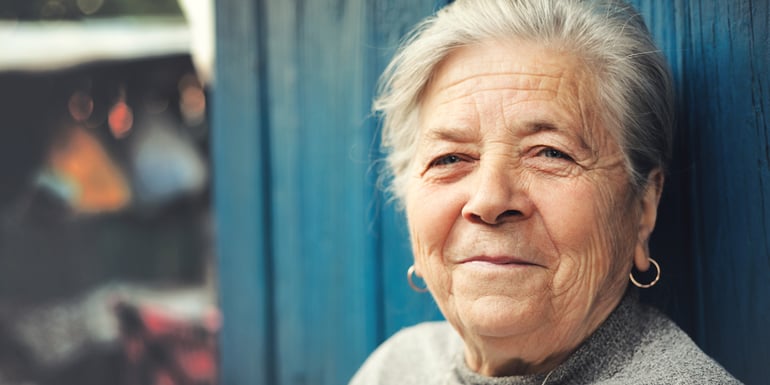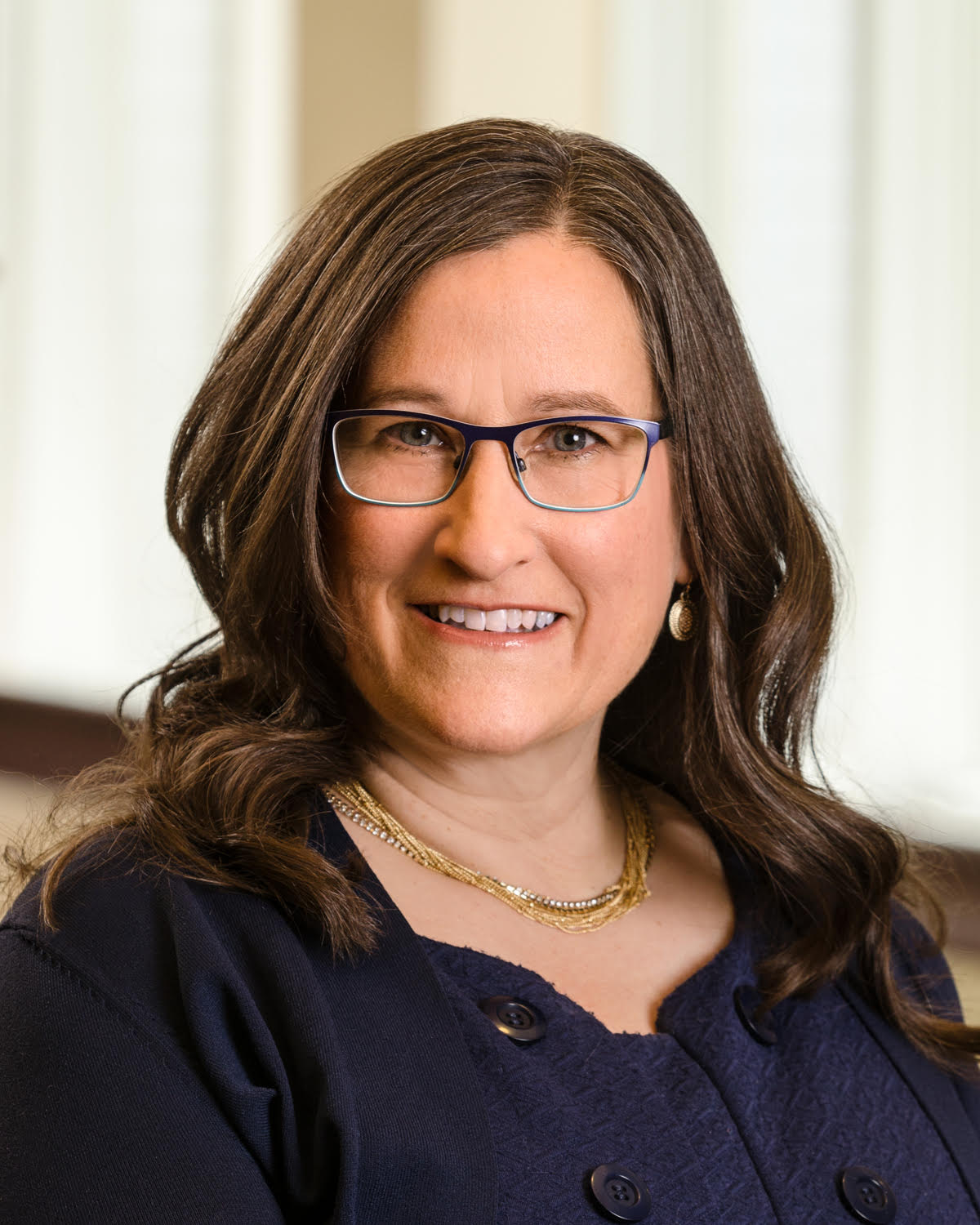
Seasonal Affective Disorder, appropriately known by the acronym SAD, is a form of depression whose symptoms often appear in the late autumn or early winter and tend to dissipate in the springtime.
Scientists believe SAD, also known as the “winter blues,” is related to less exposure to sunlight as the amount of daylight decreases and people spend more time inside and out of the cold.
Millions of Americans live with SAD, and people in northern parts of the country tend to be more prone to it than, for instance, people who live in Florida. SAD is more common in women than in men.
Fortunately, there are several helpful therapies and other recommendations for ways people can feel better.
If you know someone experiencing immediate distress or thinking about hurting themselves, they can call the National Suicide Prevention & Crisis Lifeline by dialing 988 for 24-hour help every day of the week. The support is free and confidential.
Symptoms of SAD
SAD isn’t considered a separate disorder from other forms of depression but instead has a specific name because of its cyclical, seasonal pattern, which can last between four and five months a year, with symptoms including those associated with major depression.
The National Institute of Mental Health lists these as symptoms of major depression, of which people experiencing SAD may experience some or all:
- Feeling depressed most of the day, almost every day;
- Losing interest in activities you once enjoyed;
- Experiencing changes in appetite or weight;
- Having sleep trouble;
- Having low energy levels;
- Feeling agitated or sluggish;
- Feeling hopeless or worthless;
- Experiencing difficulty with concentration; and
- Having frequent thoughts of death or suicide.
People experiencing SAD also can have these additional symptoms:
- Oversleeping;
- Overeating, especially with cravings for carbohydrates;
- Weight gains; and
- Social withdrawal, including a feeling similar to “hibernating.”
According to the National Institute of Mental Health, SAD most often first appears in young adulthood.
MORE SENIOR HEALTH TIPS: Positive mental health promotes independence, emotional balance, self-worth, and general well-being.
Immediate help is available
If you know someone experiencing immediate distress or thinking about hurting themselves, they can call the National Suicide Prevention & Crisis Lifeline by dialing 988 for 24-hour help every day of the week. The support is free and confidential. The lifeline has specialized assistance for veterans and for the LGBTQ community. The helpline also can be reached toll-free at 1-800-273-TALK (8255). People can also contact the text line by sending the message HELLO to 741741.
Therapies that work for SAD
There are some therapies doctors say work for Seasonal Affective Disorder.
But first, it’s important to note that researchers emphasize people should receive a proper diagnosis from a mental health professional before starting any therapy for SAD or other forms of depression.
Treatment possibilities include:
- Therapy using specific, very bright (10,000 lux) lights for about 30 minutes a day, usually early in the morning. The light boxes are about 20 times brighter than ordinary indoor lights and filter out potentially damaging ultraviolet light, which makes the light boxes safe for most, except for some people with specific eye conditions or who are taking medicines that make them sensitive to light. The brightness of a light box is important, the Yale School of Medicine emphasizes. Here is some advice the school’s researchers offered about light boxes after studying the effectiveness of some that are on the market. These aren’t the only ones, but it’s a good start.
- Cognitive behavioral therapy (CBT) is a type of talk therapy that teaches people to cope with difficult situations. Unlike other types of therapies, this one may focus more on replacing negative thoughts about the dark winter season with more positive thoughts.
- Medications, such as antidepressants. These can significantly improve people’s moods.
- Vitamin D, which the body produces when it’s exposed to sunlight. Because many people with SAD often have deficiencies in Vitamin D, taking the vitamin may improve their symptoms, although NIMH has noted studies have found mixed results with this.
 Other mood boosters
Other mood boostersHere are other ways to improve moods, both during the winter and through the rest of the year.
- Regular exercise. The National Institute on Aging notes exercise isn’t merely good for the body; it’s also helpful for the mind and for our mood. Not only are we physically healthier when we do things to keep fit, but it also helps lift depression. Exercises also help us avoid injury and downtime caused by injuries, which tend to bring us down. Here is a great set of exercises called the “Dirty Dozen,” created by Episcopal Retirement Services’ Wellness Director Chloe Hough. This workout not only builds strength and stamina but also will make you happy as you see improvements in how long the workout takes. Enjoy!
- Healthy Diet. Shannon Braun, director of ERS’ Center for Memory Support and Inclusion, recently offered these tips for diets that help nurture a healthy brain and healthy heart. And, of course, the better our nutrition, the better our body and mind operate, which is bound to lift our spirits.
- Enjoy your hobbies or other things you like doing. Getting back into things you enjoy is another spirit-lifter. Can’t think of something to do? What did you love to do when you were a child or a teen? Create art? Music?
- Keep in touch with family and other loved ones. One way to break through the blues is to meet for lunch with an old pal you haven’t seen in a while. Even getting together online can be a true pleasure.
The continuum of care at Marjorie P. Lee
If you are looking for retirement living options that will support you as you age, we are here to help. Contact us at your convenience to learn more about how our levels of care.












